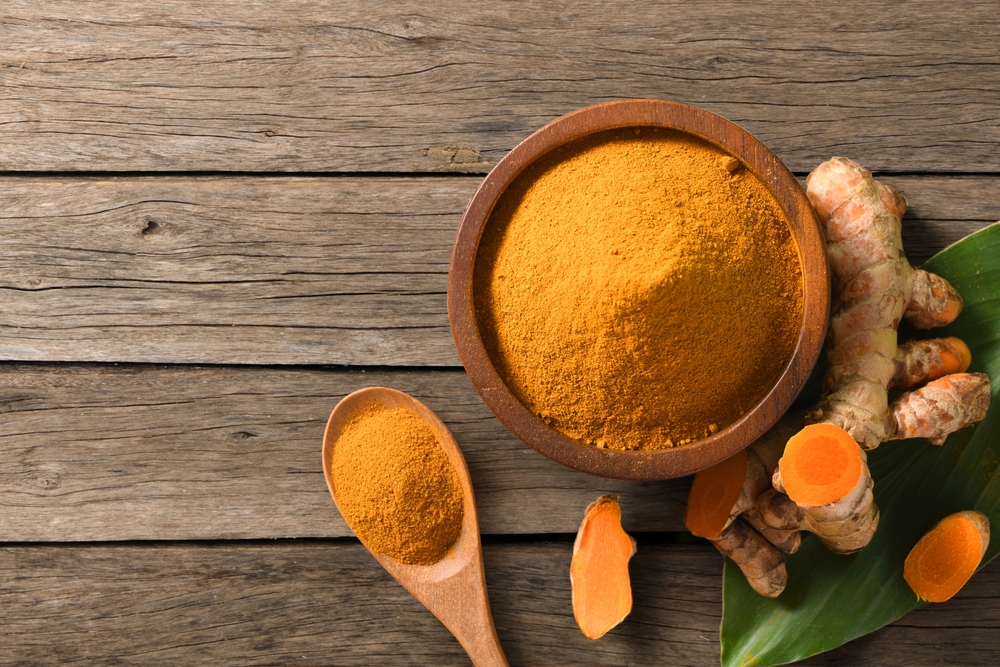Uncovering the Health Secrets of the Colorful Spice: Turmeric
Turmeric, the vibrant yellow spice commonly used in Southeast Asian cooking, has a rich history dating back nearly 4000 years. Highly revered for its medicinal properties in ancient Ayurvedic and Chinese traditional medicine, this spice is more than just a culinary ingredient. Modern scientific research has begun to uncover the health secrets hidden within this golden spice, validating its historical usage and propelling it to the forefront of current health trends.

Turmeric: A Historical Perspective
Turmeric, known scientifically as Curcuma longa, is a plant native to Southeast Asia. Its roots, when dried and ground, produce the characteristic yellow spice that is an essential ingredient in many Asian cuisines. Historical records indicate that turmeric was used as a medicinal herb in India and China as far back as 2000 BC. Its warm, peppery flavor and vibrant color also made it a popular spice and natural food coloring.
The Active Ingredient: Curcumin
The primary active component of turmeric is a compound called curcumin. This compound is responsible for the spice’s yellow color and many of its health benefits. Curcumin is a potent antioxidant and has strong anti-inflammatory properties. It’s also been studied for potential effects on diseases like cancer, Alzheimer’s, and heart disease.
The Science Behind the Spice
Numerous studies have demonstrated the health benefits of turmeric, often attributing these effects to curcumin. Research suggests that curcumin can decrease inflammation, which is thought to play a role in virtually every chronic disease. Its antioxidant properties can neutralize harmful free radicals, protecting cells from damage. Additionally, curcumin may improve brain function, lower the risk of heart disease, and even have cancer-fighting properties.
Potential Challenges and Considerations
While the health benefits of turmeric are promising, there are some challenges and considerations. Curcumin is not easily absorbed by the body, and consuming it with black pepper can enhance absorption. Some people may also experience digestive upset or skin irritation when taking turmeric supplements. It’s always best to consult with a healthcare provider before starting any new supplement regimen.
Fascinating Facts about Turmeric
- Turmeric has been used in Ayurvedic medicine for over 5000 years.
- In addition to its culinary use, turmeric is used in traditional ceremonies and as a dye in India.
- Turmeric is a natural antiseptic and antibacterial agent.
- Curcumin, the active ingredient in turmeric, makes up only about 3% of its weight.
- Research suggests that curcumin may help delay aging and fight age-related chronic diseases.
In conclusion, the humble turmeric, a staple in Southeast Asian kitchens, carries a wealth of health benefits, making it a star in the world of wellness. With its anti-inflammatory and antioxidant properties, this vibrant spice holds a promising position in preventative health strategies. As modern science continues to validate the medicinal properties of turmeric, it is clear that this ancient spice will continue to play a significant role in health and wellness.





